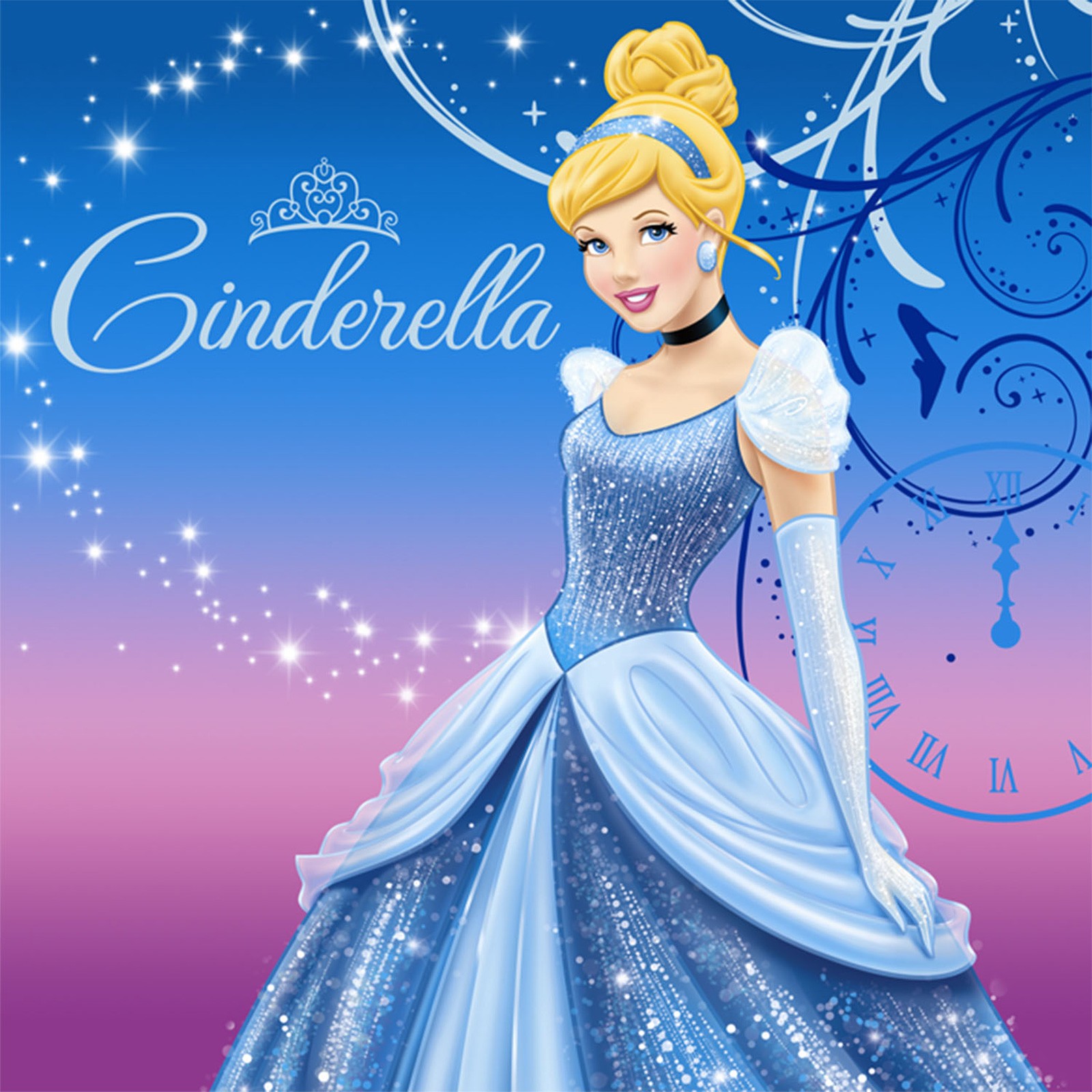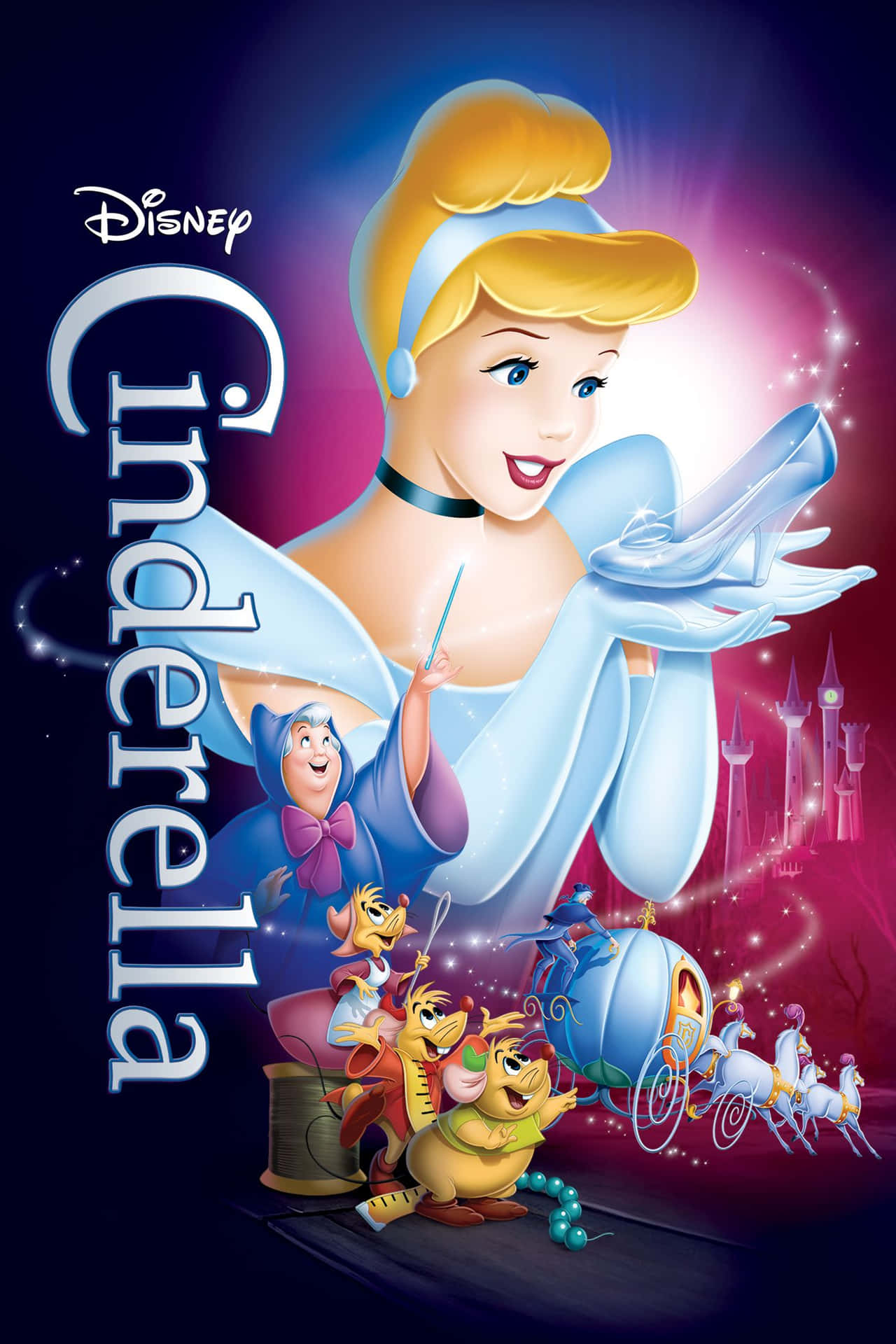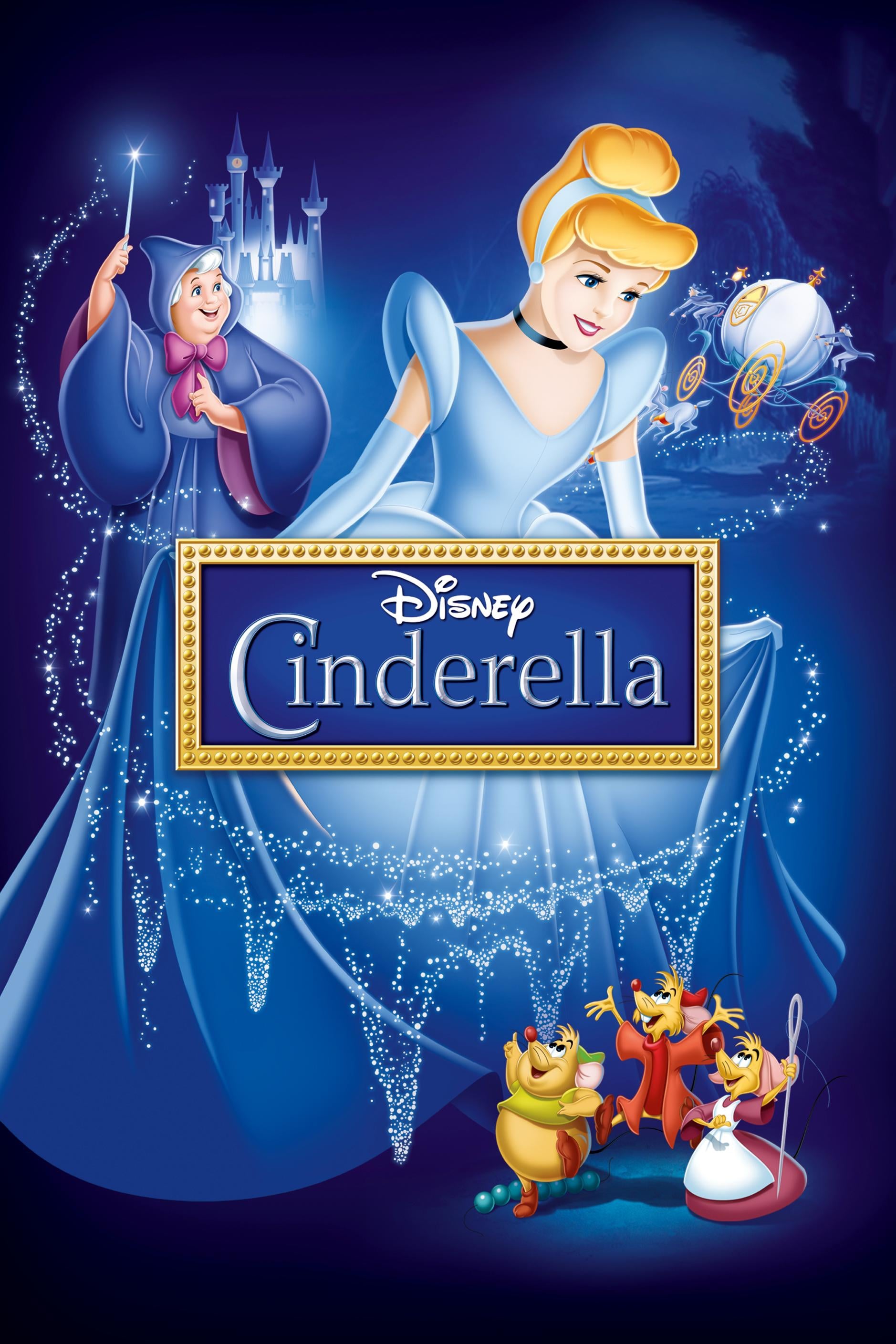Unpacking The Magic: The Enduring Impact Of Cinderella In Black
The tale of Cinderella, a story of dreams taking flight despite tough circumstances, has captivated hearts for generations, yet, arguably, its most powerful telling came with the arrival of Cinderella in Black. This particular version, a groundbreaking moment in popular culture, brought a fresh perspective to a narrative known around the globe. It showed us, in a very real way, how classic stories can evolve and speak to new audiences, truly making a mark on history.
For a very long time, the image of Cinderella was quite fixed in many people's minds, perhaps you know, as seen in the much-loved Disney animated feature from 1950. That film, like so many traditional fairy tales, presented a specific picture, a young lady from a wealthy background who faced hardship. But, you know, stories are living things; they can change and grow, reflecting the times and the people who tell them.
This is where the idea of Cinderella in Black steps onto the stage, offering a truly significant shift. It's more than just a different cast; it's a re-imagining that speaks to the heart of what these stories can do for us. It’s about seeing yourself, in a way, in the magic, and understanding that dreams belong to everyone, regardless of what you look like or where you come from. This interpretation, in some respects, really changed things for a lot of people.
Table of Contents
- The Timeless Appeal of a Classic Tale
- A Groundbreaking Moment: Cinderella in Black Arrives
- The Power of Seeing Yourself in the Story
- The Legacy Continues: Modern Takes on the Tale
The Timeless Appeal of a Classic Tale
The story of Cinderella, in all its many forms, has been told and retold across centuries and cultures. It's, you know, one of the most widely known European fairy tales, with its roots going back to the 17th century. The core elements usually stay the same: a young person, often called Ella, faces mistreatment from a stepmother and stepsisters. Despite being dressed in rags, she carries herself with a certain grace, a queenly air, you might say. This central idea, this journey from hardship to happiness, really resonates with people, often.
Disney's 1950 animated film, for example, cemented Cinderella's place in popular imagination. She became, arguably, the second official Disney Princess, a figure many young people looked up to. This version, like others, shows her fairy godmother appearing, transforming her from a house servant into the young lady she was by birth, all to get her to the ball. It’s a moment of pure magic, a wish come true, and that, too, is a big part of why the story endures.
More recent film versions, such as the 2015 romantic fantasy film directed by Kenneth Branagh, also explore this timeless narrative. This movie, produced by Walt Disney Pictures, again follows young Ella, played by Lily James, as she deals with her stepmother, Cate Blanchett, and stepsisters. It keeps the core elements, showing her spirited nature despite the cruel treatment. The appeal, it seems, just never fades, does it?
A Groundbreaking Moment: Cinderella in Black Arrives
Then came a version that truly broke new ground: Rodgers and Hammerstein's 1997 television movie, which became known as Cinderella in Black. This film was, in a way, a cornerstone for black girlhood, a moment of profound significance. It wasn't just another retelling; it was a modern movie musical, a bold take on the classic fairy tale. It shone with beauty, imagination, and, of course, a lot of magic, truly a special production.
Brandy's Iconic Portrayal: A New Face for a Beloved Heroine
The biggest reason this particular version stands out is, quite simply, Brandy. She became the first Black actress to play Cinderella in a movie, a truly historic moment. This portrayal was, you know, incredibly important for representation. For many young people, seeing a Cinderella who looked like them was a powerful experience. It showed that fairy tales, and the dreams within them, were for everyone, absolutely everyone.
Brandy's performance, alongside her prince, Nicholas Galitzine in a more recent context, or Paolo Montalban in the 1997 version, brought a fresh energy to the role. Her presence in this iconic part was, in fact, a major achievement. It wasn't just about her acting; it was about the message her casting sent to the world. She later reprised the iconic role, showing the lasting impact of her initial portrayal, which is pretty amazing, actually.
This achievement went beyond just one film. It showed what was possible, and it opened doors. The fact that Brandy was the first Black actress to portray Cinderella on screen was, more or less, its most important accomplishment, outside of its many awards. It truly changed the landscape of how these stories could be told, and who could tell them, you know?
A Cast That Reflected the World
What made the 1997 Cinderella in Black so special was not just Brandy, but the entire cast. It was a diverse ensemble, including legendary figures like Whitney Houston as the Fairy Godmother and Whoopi Goldberg as the Queen. This mix of talent and backgrounds created a rich tapestry of characters, reflecting, in some respects, the real world's varied faces. It was a visual statement, a powerful one, about inclusivity.
This diversity, you see, was a conscious choice, and it made the film resonate deeply with a wider audience. It showed that a classic story could be told with different voices and still maintain its magic, perhaps even enhance it. The film featured Brandy Norwood, Bernadette Peters, Veanne Cox, and Natalie Desselle Reid, among others. Their performances brought the story to life in a way that felt fresh and new, yet still familiar, which is really something.
A Cultural Cornerstone for a Generation
Rodgers and Hammerstein's 1997 Cinderella in Black became, without a doubt, a pivotal moment for many young Black girls. It provided a mirror, a chance to see themselves as the princess, as the hero of their own story. This kind of representation is, honestly, incredibly vital. It builds self-esteem and shows that dreams are universal, not limited by appearance or background, which is, you know, a very important lesson.
The film was more than just entertainment; it was a cultural event. It sparked conversations about representation in media and the importance of seeing diverse faces in beloved narratives. For many, it was the first time they had seen a Black Cinderella, and that memory, that image, left an indelible mark. It truly shaped how a generation thought about fairy tales and their own place within them, often.
The Power of Seeing Yourself in the Story
The impact of Cinderella in Black goes right to the core of what stories do for us. When you see someone who looks like you, who shares your experiences, in a fantastical setting, it makes the magic feel more real, more accessible. It tells you, in a way, that you belong in those stories, that you can be the hero or the princess, too. This is, you know, a very profound message.
For young Black girls, specifically, this film was a powerful affirmation. It moved beyond the traditional portrayals and offered a vision of beauty and grace that was relatable and empowering. It showed that dreams do come true, and that those dreams are not exclusive. This kind of representation, quite simply, matters a great deal. It helps shape identity and aspirations, really.
It’s about expanding the idea of who gets to be a princess, or a hero, in a fairy tale. The narrative of Cinderella, with its themes of resilience and hope, gains even more depth when it's told through diverse lenses. It reminds us that while a fairy tale might not be about reality or what we do in the everyday, its message of possibility should, arguably, be for everyone, without exception.
The Legacy Continues: Modern Takes on the Tale
The influence of Cinderella in Black can be seen in later adaptations of the story. For example, the 2021 film with Camila Cabello offers another modern musical take on the classic fairy tale. While different in its approach, it continues the trend of reimagining the story for new audiences, showing that the tale is, in some respects, endlessly adaptable. These new versions keep the conversation going, you know?
The ongoing fascination with Cinderella, whether through games, videos, activities, or products, shows how deeply embedded this story is in our culture. Each new version, especially those that embrace diversity, adds another layer to its rich history. The idea of a fairy godmother magically transforming someone, from house servant to the young lady she was by birth, remains a potent symbol of hope and change, very much so.
Even today, discussions about representation in media are very much alive. The impact of Brandy's Cinderella is often brought up as a benchmark, a moment that truly changed things. It serves as a reminder that the stories we tell, and who gets to tell them, or be in them, have a lasting effect on how we see the world and our place in it. This legacy, quite honestly, just keeps growing.
Frequently Asked Questions about Cinderella in Black
Was Brandy the first Black Cinderella?
Yes, as a matter of fact, Brandy became the first Black actress to play Cinderella in a movie, specifically in Rodgers and Hammerstein's 1997 television musical. This was a truly significant moment in film history, and it, you know, really broke new ground for representation in fairy tales.
What made Rodgers and Hammerstein's Cinderella special?
The 1997 Rodgers and Hammerstein's Cinderella was special for several reasons, including its diverse cast, led by Brandy as Cinderella and Whitney Houston as the Fairy Godmother. It was a modern musical take on the classic story, and it became, arguably, a cultural cornerstone for Black girlhood, showing dreams could be for everyone.
Where can I watch the Brandy Cinderella movie?
The 1997 Rodgers and Hammerstein's Cinderella, starring Brandy, is often available on various streaming platforms. You might find it on Disney+ or other services that host classic musicals and family films. It's, you know, worth checking your preferred streaming service for availability.
Brandy Norwood: Key Details
| Category | Detail |
|---|---|
| Known For | First Black Actress to Play Cinderella in a Movie (1997) |
| Role in Cinderella | Titular Protagonist, Cinderella |
| Legacy | Cultural Cornerstone for Black Girlhood, Impact on Diversity in Media |
| Other Noted Roles | Singer, Actress (various roles) |
| Recent Activity | Reprising Iconic Role (alongside her prince in a different context) |

Secrets of Successful Learning: Cinderella

Download Cinderella's Magical Transformation | Wallpapers.com

Watch Cinderella (1950) Full Movie Online Free - CineFOX